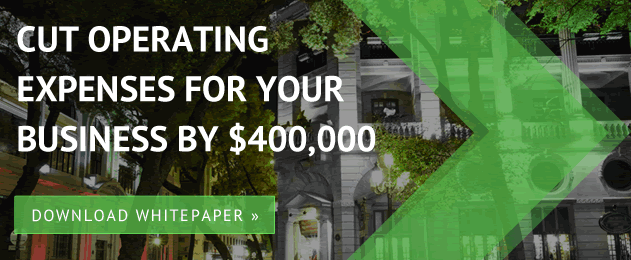As innovative bodies begin to adopt LED technology as part of their infrastructure, both big and small organizations are beginning to see the extensive, positive financial and environmental effects that LED lighting can have. Recently, one of those global organizations - Ford Motor Company - announced that they would be joining the LED ranks in updating their florescent and high-energy output lights with new energy efficient LED lighting.
Ford is planning to invest $25 million into retrofitting its existing lighting fixtures throughout its global facilities with new long lasting LED lights. The motivation behind the switch was not only to reduce overall energy consumption, estimated at about 70%, but Ford is expected to save over $7 million dollars on energy costs each year following.
The corporation’s switch to LED lights will not only cut their operating budget exceedingly, but typical maintenance costs associated with the upkeep of the lights will also plummet. On average, LED lights last anywhere from 7 to 30 years, depending on hours of use per day, before they start to dim. Whereas, florescent lights last only a mere tenth of a LED lifespan before maintenance and replacement costs kick in.
As we head into 2015, you can expect to see more global enterprises and governmental bodies invest in this cost-effective and environmentally friendly lighting alternative. With long term return on investment and short term energy savings, big organizations are realizing the value that a switch to LED lighting can have. If you’re wondering what your business could save by integrating LED lighting into your infrastructure, try out our LED ROI Calculator to see what you could be saving.


